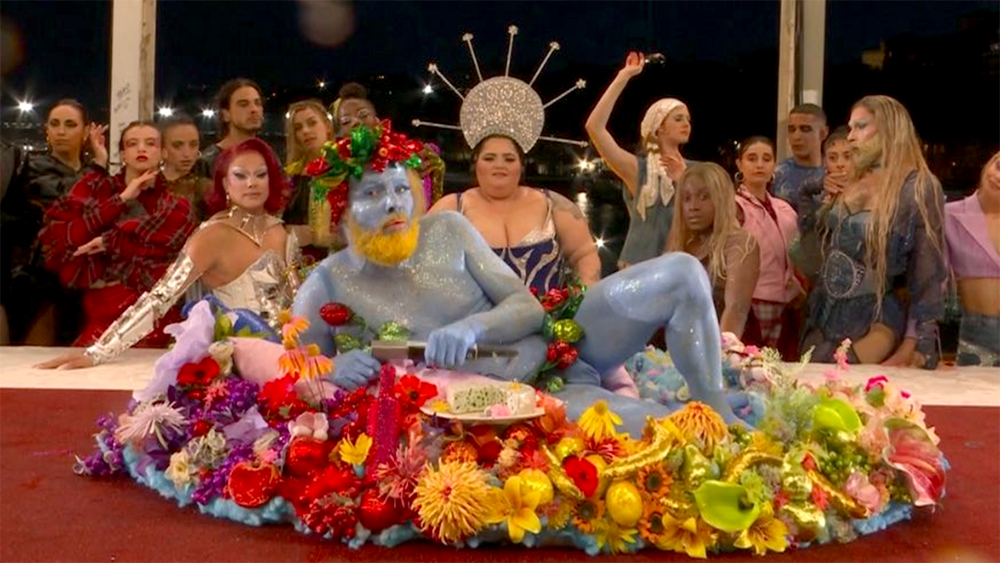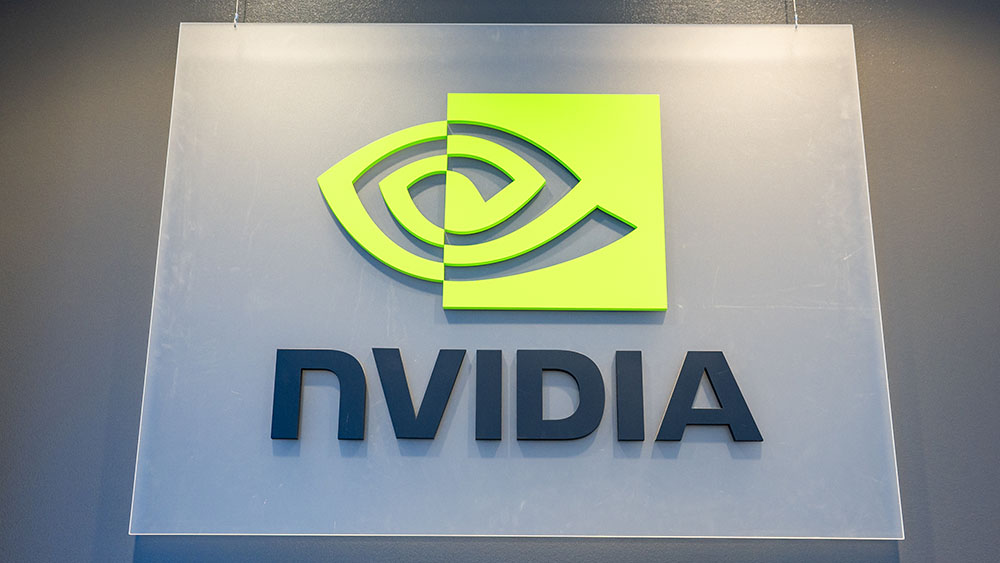Mumps component of Merck's MMR vaccine contains up to 4x the approved amount of live virus: "fraud, pure and simple"
By ethanh // 2024-07-24
Tweet
Share
Copy

For many years, pharmaceutical giant Merck & Co. has lied about the safety and efficacy of its mumps vaccine.
A lawsuit exposing the company for "overfilling" its combination MMR (measles, mumps and rubella) triple-vaccine with too much live mumps virus in order to meet efficacy targets. Merck was never granted approval from the Food and Drug Administration (FDA) to do such, which means the company has been engaging in fraud.
Two Merck whistleblowers sued the company over all this back in 2010 under the False Claims Act. On July 9, the United States Court of Appeals for the Third Circuit in Philadelphia heard oral arguments in the case.
Brian Hooker, PhD, chief scientific officer at Children's Health Defense, says MMR II, as the combination measles, mumps, and rubella vaccine from Merck is officially called, claims the amount of live mumps virus the company is adding to each vial is upwards of 400 percent beyond the approved limit.
Keep in mind that MMR comes in two doses and is scheduled by the U.S. government for injection into children between 12 and 18 months old.
(Related: Did you know that for over a decade, Merck defrauded the public about the true dangers of its MMR vaccine?)
How many children are chronically ill or dead because of Merck fraud?
Dr. David Kessler, a former FDA head, further claims that Merck lied to regulators by submitting passive surveillance reports, meaning reports from parents regarding any vaccine reactions in their children, to identify potential safety signals with MMR. By all appearances, Merck knew that what it was doing, and could still be doing, was wrong and in violation of the law, but did it anyway for those sweet, sweet profits. "What is in the Merck MMR II vaccine is not what is being reported," Hooker told "The Defender In-Depth." "This is a live virus vaccine, and these viruses are at higher concentrations," Hooker continued. "And we know, as far as the mumps vaccine, that the concentrations that are in the vials have never been tested for safety." The last time the guidelines for the MMR II vaccine were changed was in 1999 as a result of an FDA action showing that the mumps component was losing potency within its established two-year shelf life before expiration. Rather than reformulate the injection in accordance with the law, Merck took the cheaper route of simply increasing the concentration of the shot's live mumps virus component by a factor of four without informing regulators. "The mumps portion of the vaccine lost its potency to an ineffective and an unacceptable endpoint, and the FDA notified Merck of this in 1998," Hooker said. "In order to compensate for this, Merck merely did something that is called 'overfill' to the virus, overfilled the vials to a higher starting level." "They started out with … 100,000 TCID50," he added, referring to the measure of the number of viral particles in a vaccine. "They changed that to 160,000 active virus particles in 1999." From a production standpoint, this means that the exact middle concentration of the mumps virus component of MMR II is 160,000. Each vial can deviate by as much as four times more than that, meaning as high as 600,000 viral particles. In the other direction, the shot could contain as low as 100,000 viral particles. To have this much variance between individual vials is simply astounding in terms of the potential impact on a baby. One baby might get the 100,000 viral particles injection while the next gets the 600,000 viral particles injection. What are the risks? Nobody knows since it has never been studied thanks to Merck fraud. Pharmaceutical and vaccine fraud is nothing new: it's Big Pharma's entire business model. Learn more at BadMedicine.news. Sources for this article include: ChildrensHealthDefense.org NaturalNews.comTweet
Share
Copy
Tagged Under:
toxic ingredients vaccines Big Pharma FDA conspiracy big government Merck MMR insanity lawsuit science fraud mumps Brian Hooker Vaccine dangers Dangerous Medicine MMR II badscience badhealth badmedicine measles mumps rubella pharmaceutical fraud science deception live virus
You Might Also Like
INTEGRITY ISSUE: Kamala Harris distances herself from past far-left stances to win voter support
By Laura Harris // Share
Poll: Most Germans believe the U.S. deploying long-range missiles in Germany is WRONG
By Ramon Tomey // Share
Russia to boost security ties with the Central African Republic following lifting of UN arms embargo
By Richard Brown // Share
Recent News
A Hollywood legend's life ends in unspeakable tragedy
By willowt // Share
Unfiltered Truth: Why independent media is our only hope
By kevinhughes // Share
Volkswagen shuts down historic German plant amid economic crisis and geopolitical pressures
By kevinhughes // Share










